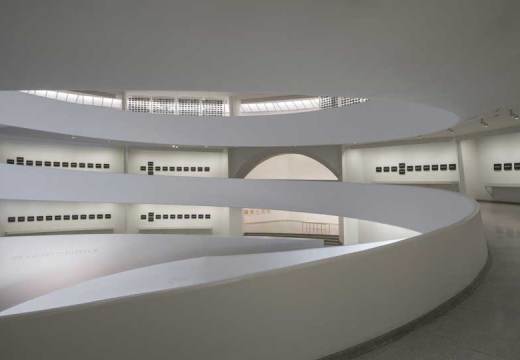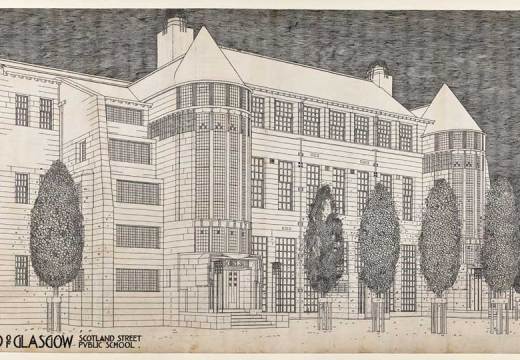First and foremost Mariana Castillo Deball is a biographer of objects. In the past, the Mexican artist has scoured the archives of the 19th-century English explorer and diplomat Alfred Maudslay, gone north of the border to research the Scottish sculptor Eduardo Paolozzi, and, of course, is well-acquainted with the ethnographic archives of her hometown Mexico City. Deball burrows deep into the history of a thing, meticulously examining, testing and scrutinising its origins, its shifting significance, like some sort of social archaeologist-turned-artist.
Now, Deball – who was awarded the Preis der Nationalgalerie für Junge Kunst (National Gallery Prize for Young Art) in 2013 – delves into the rich history of Berlin, and the museums that contain that history, with a solo exhibition at the cavernous contemporary art hub Hamburger Bahnhof. Unusually, the artist chose the Hamburger, rather than vice versa – as part of the award, she was able select any of the German national galleries for her commission. The choice of the former train station, a kind of modern art Musée d’Orsay equivalent and an erstwhile link to the maritime city of Hamburg, proves to be an intriguing one.
Deball, as you would expect, has made the venue’s history very much a central part of the large-scale installation. Under the striking iron arches of the Hamburger Bahnhof, she has placed a platform bench that was once housed in the building (now brownish-blue and peeling), and there’s space for old photos and timetable stands, with a spectrum of colourful 1960s train tickets, with destinations from Bremen to Turkey to California. Meanwhile, in the centre of the spacious hall, there’s a towering pile of old wooden tables – flipped, angled, interlocked – that were previously owned by the Railway Museum. The word Bleiben, which translates as to stay or to keep, is scrawled in chalk on their sides, suggesting they were saved from the scrap heap. It can be read as an appeal to the present.
This dialogue between industry and artistry runs through the exhibition. Numbered dots along the floor appear to suggest the route for visitors, but are in fact misleading and unordered. Instead of the conventional display of information, Deball has created a newspaper about the objects on show, and recorded a poetic audio guide that blurs fact and fiction. One playful example is the story of what is claimed to be the most frequently stolen oil painting in history – The Poor Poet by Carl Spitzweg (1839) – which reportedly was once ripped from the wall of West Berlin’s Galerie der Romantik by a phoney wheelchair-user, who fled out of a window, leaving his foldable red vehicle behind (Deball’s replica of the wheelchair is displayed here).
Another work shown is Mschatta-Fassade (2014), a traced reproduction of the ruins of the Qasr al-Mshatta in Jordan. The palace’s facade was originally given to the Kaiser Wilhelm II as a gift from the Ottoman Sultan Abdul Hamid II, and then became part of some dodgy exchanges between the Ottomans and Germans that Deball documents.

‘Mariana Castillo Deball: Parergon.’ Installation view at the Hamburger Bahnhof – Museum für Gegenwart Bruns
All of the objects in the show are from the Nationalgalerie collection (save for a few reproductions and cheekily ‘altered postcards’), which demonstrates how Deball is not interested in object-making, but rather the complex, intertwining histories of an object. In her words, many have ‘spent itinerant lives wandering between courtyards, basements, pedestals, display cases, museums, travelling exhibitions and private collections.’ Yet while the title of the show, ‘Parergon’ (a Greek word meaning by-product), suggests a modest appraisal of them, these generally disregarded objects are revealed to have fascinating histories.
‘Mariana Castillo Deball: Parergon’ is at the Hamburger Bahnhof, Berlin, until 1 March.
















![Masterpiece [Re]discovery 2022. Photo: Ben Fisher Photography, courtesy of Masterpiece London](http://zephr.apollo-magazine.com/wp-content/uploads/2022/07/MPL2022_4263.jpg)
Suzanne Valadon’s shifting gaze